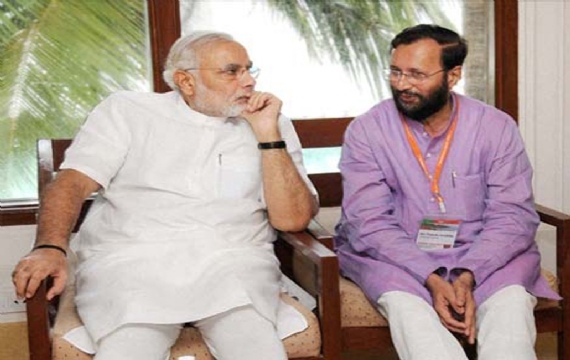At the stroke of midnight on the 1st of July, as the (half of the) world slept, India welcomed what was inarguably the most significant economic reform after Independence, in the same Central Hall of the Parliament where it had welcomed Independence.
GST has achieved at the economical level what Sardar Patel had on the territorial level- seamless integration. Now equally needed is merging of the myriad of educational boards operating in India into a single board so as to achieve the same integration at the most fundamental level- i.e. right from the time when the future citizens of the nation start being moulded.
THE PRESENT SCENARIO AND PROBLEMS:
At present there are more than 50 recognised educational boards in India of various types- all India boards like CBSE and ICSE, state level boards, international boards like IB and IGCSE and open schooling boards like NIOS. Each has its own schedules, pedagogy and curriculum. This causes problems at various levels.
Firstly, since educational boards have different schedules (For e.g.: The academic year in schools of the Maharashtra state boards begins in June while that of CBSE does in April), students migrating from one part of the country to another often face problems. Secondly, policies followed with regards to the number of languages taught and the way they are taught differ drastically. For instance, CBSE follows the 3 language norm upto VIIIth standard and then on its 2 languages, while state boards usually follow the three language formula throughout, the 3 languages usually being English, Hindi and the state language. Students of CBSE schools seldom get to learn the language of the state. Moreover while boards like ICSE provide exposure to classics like the works of William Shakespeare, boards like the CBSE focus more on the communicative aspects of the language. Thirdly, marking schemes of boards vary considerably- while some are lenient with many students scoring in the higher 90s, in some it is an achievement to cross the 90 figure itself. This creates a playing field which is not at all levelled when it comes to seeking admissions into colleges for courses which are not based on entrance exams.
Most important is the disparity in educational curricula across boards which causes problems at multiple levels. First and foremost is obviously the problem for migrating students. Secondly, in subjects like history, the focus of the state boards is more on the history of the state while students of those like CBSE miss out on learning much about the history of the North East, Shivaji Maharaj, KrishnadevaRaya of Vijayanagara Empire etc. Thirdly, when it comes to entrance exams like NEET, students of state boards are placed at a disadvantage vis a vis the CBSE students as such entrance exams are more or less based on the NCERT syllabus. It’s ironical that we have unified the entrance exams much before we have made the curricula uniform for all students.
POSSIBLE WAY FORWARD:
In the light of the above mentioned situation, it is indeed imperative that all schools of the nation are brought under the ambit of one single educational board. Much like the GST Council, the nitty gritties of such a board could be worked out by consultations in a similar body consisting of representation from the centre, states and experts. Like GST has transformed the nation into one single market place, such an initiative would ensure that all children of the nation receive similar education and thus can be moulded into well informed nation loving citizens of tomorrow.
Some glitches could arise with regards to the curriculum of languages and social studies in particular. For the former, a uniform 3 language policy could be adopted across the nation. Every child would learn English and Hindi, and the 3rd language could either be the language of the state or even better the child’s own mother tongue, in the teaching of which the parents of the child could play a significant role. And those who have Hindi as their mother tongue or state language, could be asked to take up any other Indian language. The syllabus in History should be expanded likewise to ensure that all parts of the nation receive adequate representation from Kashmir to Kanyakumari and Dibrugarh to Dwarka.
These steps, once implemented, would ensure that a child whose parents get transferred from Delhi to Mumbai can join into a new school in Mumbai at any time he or she wishes to with the same set of textbooks he or she was familiar with and using in the previous school. Gone would be the problem of some boards awarding more marks than other in the board exams, leading to competitive inflation of scores. And thus the journey towards creation of a united India started by Sardar Patel, carried forward by Narendra Modi can thus be brought to its next logical step. This Could be Modi Government’s major Reform after GST
